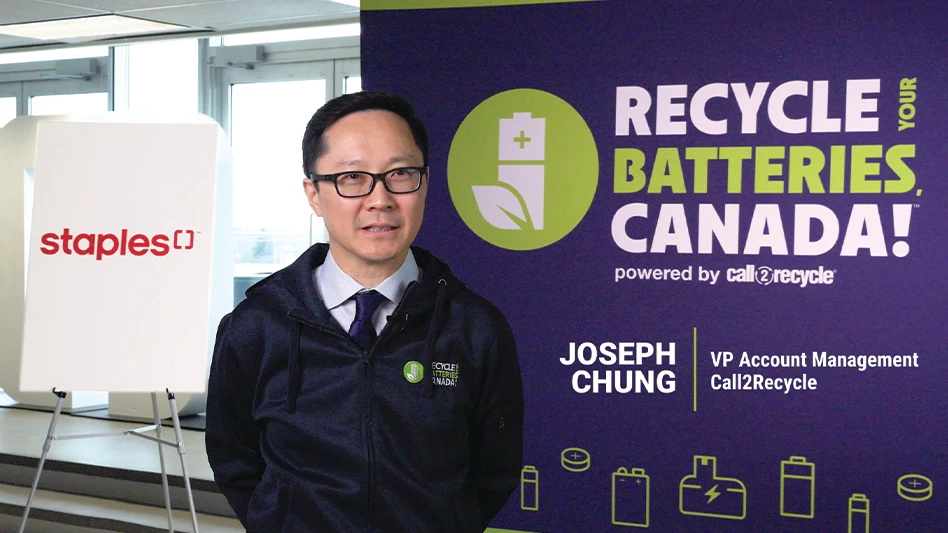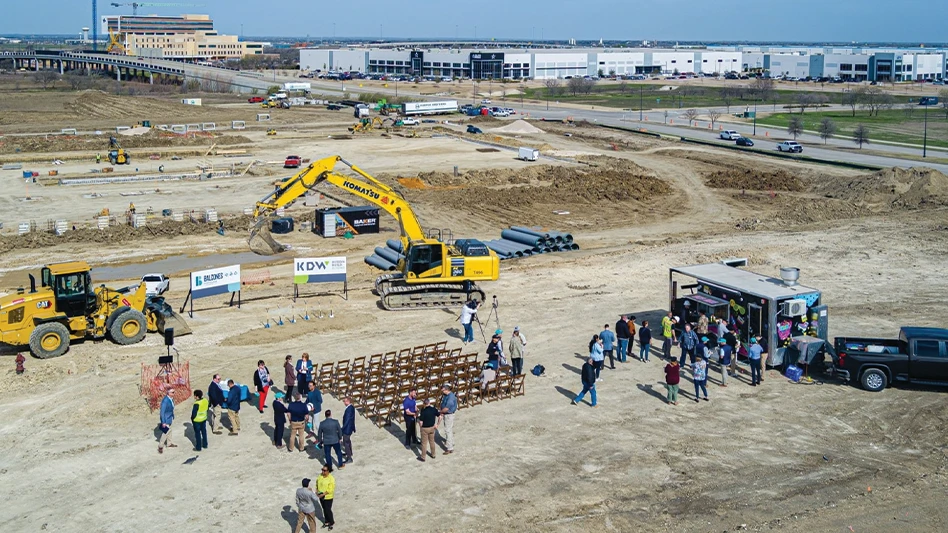While the shredder may get all the glory, it’s not the only piece of equipment responsible for the efficient operation of a secure shredding plant. Shredding plant operators rely on material handling equipment to move material around their plants from the receiving area to the shipping dock.
However, the security aspect of document destruction makes material handling needs a little different from the paper recycling industry. It’s not always just a simple matter of dumping paper on a tipping floor and pushing it around with a skid-steer loader, says Ron Mason of Shred Right, a Minneapolis shredding company co-located with Rohn Industries, a paper recycling plant. "In shredding, you don’t want to dump the [material] on the floor and leave it sit," Mason says. "You want it to go directly to the shredder."
Shredders tend to receive their material in small quantities, making compact equipment like forklifts, skid steers and pallet jacks key tools for their material handling needs.
THINKING SMALL
The forklift is the centerpiece of a secure shredder’s material handling equipment fleet, according to several shredding plant operators. "We use the forklift everyday," says Colleen Regan, president of Coast2Coast Shredding LLC located in Oro Valley, Ariz.
At Coast2Coast Shredding, the forklifts are responsible primarily for loading bales and unloading trucks.
"The forklift is the most significant," Mason agrees, adding that forklifts at Shred Right are primarily used for unloading bales from the baler at the plant.
A forklift is also responsible for most of the material handling tasks at Gilmore Services in Pensacola, Fla., says Lucas Gilmore, V.P. of operations.
Available attachments can make a forklift more versatile, adds Joel Litman of Action Shred in Dallas. Litman says a metal plate attachment can be used to push material into a baler, or a rotator can be attached to empty containers.
Mason says the task of loading material onto the conveyor that leads to the shredder is sometimes handled by cart-tippers. "You roll the cart into it, it locks into place and then lifts [the cart] in the air and dumps it onto the conveyor belt, which leads directly to the shredder," says Mason.
As it is with processing equipment and truck fleets, the maintenance of forklifts and loaders is an important consideration.
CLEAN MACHINE
Preventative maintenance is key to making sure material handling equipment is operating at its most efficient. "Preventative maintenance is the best maintenance," says Regan. Dust generated at a secure shredding plant can negatively affect equipment, so plant operators have to take care to keep the facility as clean as possible.
A machine’s air filter is particularly vulnerable to dust, says Litman. "Air is a big part of how the engine works and how an engine gets cool," he says. "Dust can get in the air filter and clog things up, and if the filter is clogged, the engine won’t cool as efficiently, affecting the performance of the machine."
Regan recommends using power washers and dust collection systems to control dust build up on equipment.
Dust may be a special concern in the shredding industry, but the factors a shredder must consider when choosing material handling equipment are similar to those of other industries.
THE LONG RUN
Shredding plant operators should make certain the material handling equipment they invest in can stand up to day-to-day use. "It’s a fairly abused piece of equipment," says Mason, who uses a 5,000-pound forklift at his operation. "You want to make sure that you get [a machine] that’s substantial enough to handle the everyday wear and tear."
Litman says that the reliability of the distributor is a key consideration when choosing material handling equipment. He says shredders need to be certain the distributor is going to be able to provide repair services with quick turnaround.
Regan advises that shredders should be mindful of the fact that the cheapest initial investment isn’t always the wisest buy. "Quality is the most important [factor] to me," she says.
Gilmore echoes her sentiments: "Price comes in as a second thought," he says of his shopping criteria. "Quality is the first."
Regan says shredding companies should focus on the long-term when purchasing material handling equipment for their operations. "It’s better to spend the money up front and know you have a reliable machine than buy a cheaper model that breaks or needs to be replaced in a year," she says.
The author is associate editor of Secure Destruction Business and can be contacted at jgubeno@gie.net.

Explore the October 2006 Issue
Check out more from this issue and find your next story to read.
Latest from Recycling Today
- Hindalco to invest in copper, aluminum business in India
- Recycled steel price crosses $500 per ton threshold
- Smithers report looks at PCR plastic’s near-term prospects
- Plastics association quantifies US-EU trade dispute impacts
- Nucor expects slimmer profits in early 2025
- CP Group announces new senior vice president
- APR publishes Design Guide in French
- AmSty recorded first sales of PolyRenew Styrene in 2024





